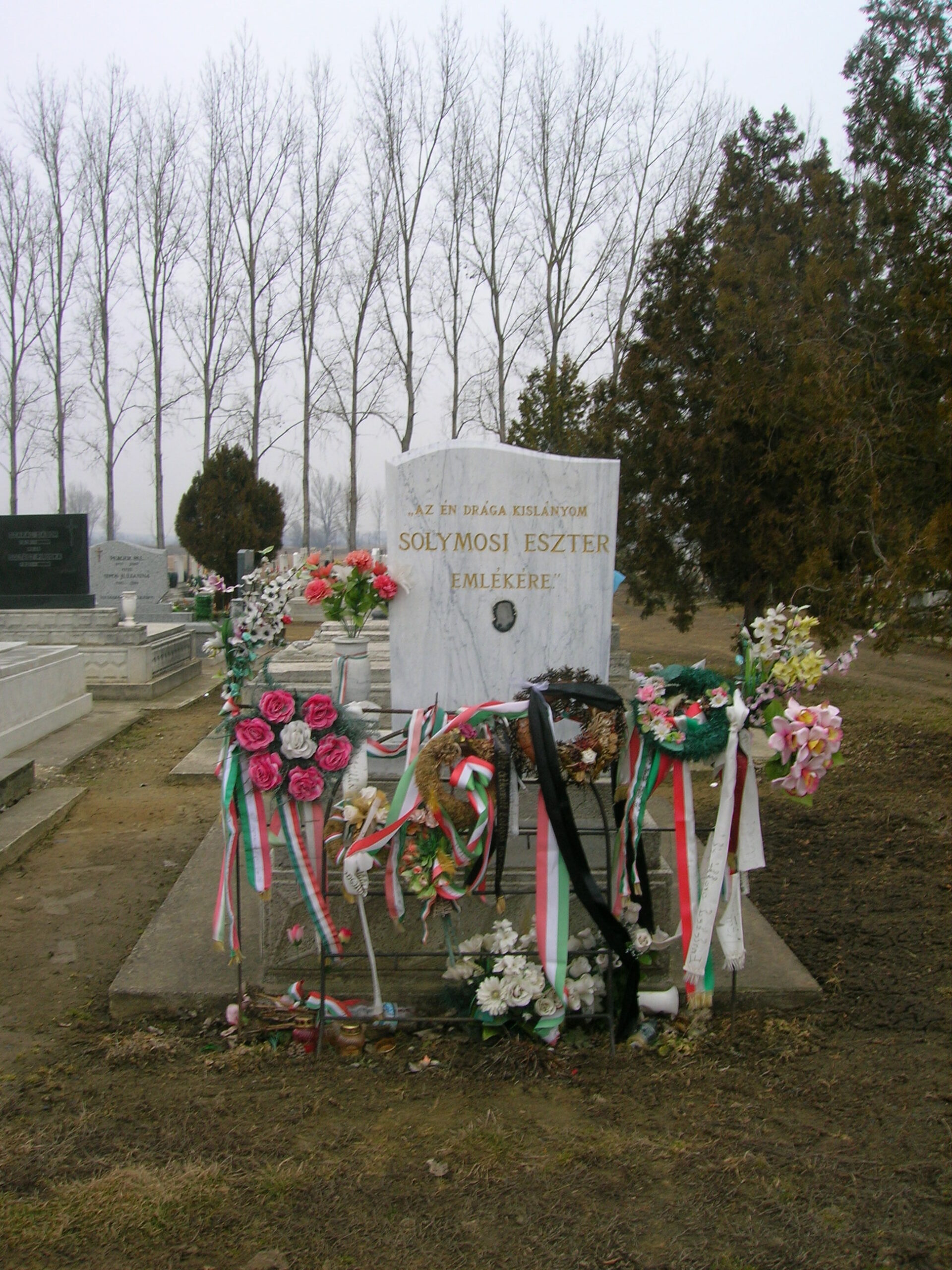
Hungarian galley slaves – 1673 – Debrecen
Hungarian figure of the „Religious tolerance and intolerance” topic
The story of the Hungarian galley slaves of 1673 is a powerful chapter in the history of religious intolerance in Hungary and the broader context of Central Europe. This tragic episode unfolded during a time when Protestantism was under heavy persecution by the ruling Habsburg dynasty, which sought to reinforce Catholicism as the dominant faith across its territories. The Habsburg response to Protestantism culminated in a series of harsh trials known as the “Hungarian Inquisition,” during which Protestant clergy were accused of inciting rebellion, heresy, and other crimes.
In 1673, during the reign of Leopold I, over 300 Protestant ministers and teachers were summoned to Pozsony (modern-day Bratislava) and subjected to trials aimed at forcing them to either convert to Catholicism or face punishment. Many refused to abandon their faith, and of these, 42 ministers were sentenced to forced labor as galley slaves, to serve on the Spanish and Neapolitan fleets of the Habsburg empire. The forced labor on galleys, a particularly brutal form of punishment, symbolized the severity of religious persecution at the time.
The fate of these galley slaves became widely known thanks to Miklós Zrínyi, the Croatian-Hungarian nobleman and military leader, and Comenius, the famous Czech educator, who raised international awareness about the plight of the Protestant prisoners. Their struggle and suffering galvanized international Protestant support, particularly from the Dutch Republic and England. In 1676, through diplomatic pressure and negotiations, the remaining 26 surviving ministers were liberated by Michiel de Ruyter, a Dutch admiral, who encountered the galley slaves in the port of Naples. This act of rescue became an iconic moment in Protestant history, underscoring the solidarity of Protestant nations in the face of religious intolerance.
This episode reflects a broader pattern of religious strife in Central Europe during the 17th century, where the Counter-Reformation was in full force. The Habsburg dynasty, along with other Catholic monarchs, sought to suppress the Reformation through violent means, including forced conversions, persecution, and execution of dissenters. In Hungary, where Protestantism had gained a significant foothold, these efforts were particularly severe.
Debrecen, often referred to as the “Calvinist Rome,” was one of the centers of Protestantism in Hungary. The city’s resistance to Habsburg efforts to enforce Catholicism exemplified the broader conflict between the religious authorities of the Habsburg empire and the Protestant communities of Hungary. The Hungarian galley slaves’ ordeal symbolized the ongoing battle for religious freedom in the region, highlighting the brutal measures taken to suppress non-Catholic denominations.
This event also prefigured later instances of religious intolerance in Hungary, such as the persecution of Jews and other minority groups in the 19th and 20th centuries, and even during the communist era, when the Catholic Church and other religious institutions faced suppression. It reflects the complex and often painful relationship between state power and religious freedom in Central Europe, a region where shifting political and religious landscapes repeatedly gave rise to both persecution and resilience.
Facts




